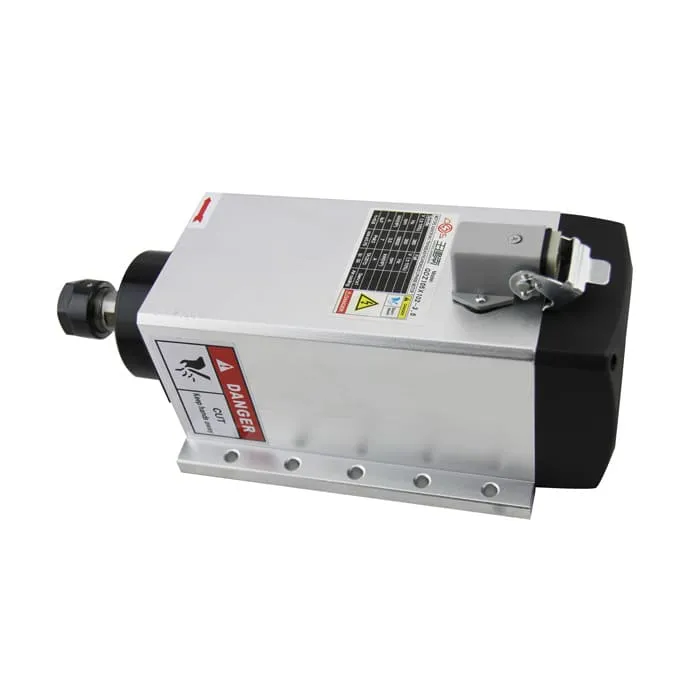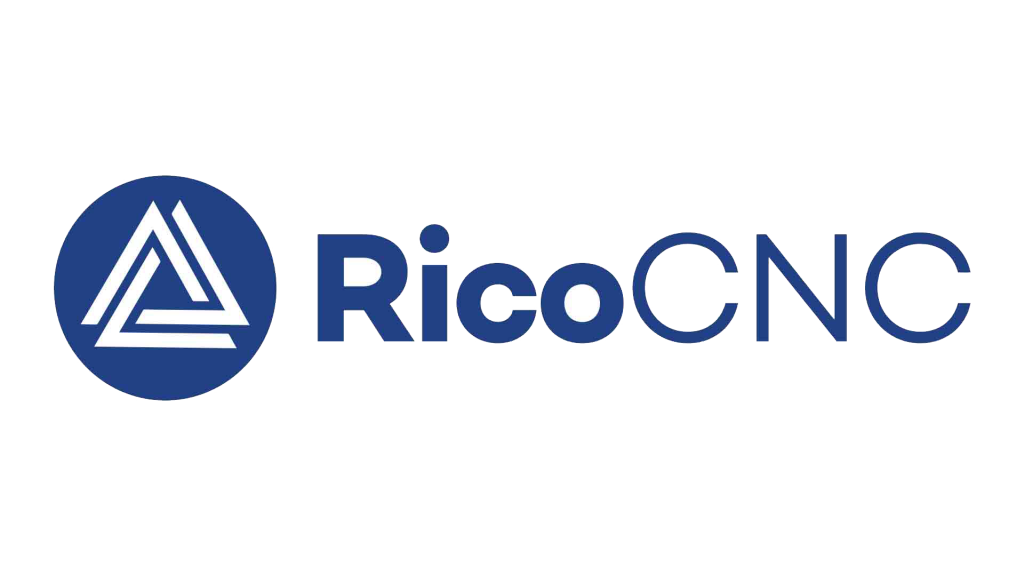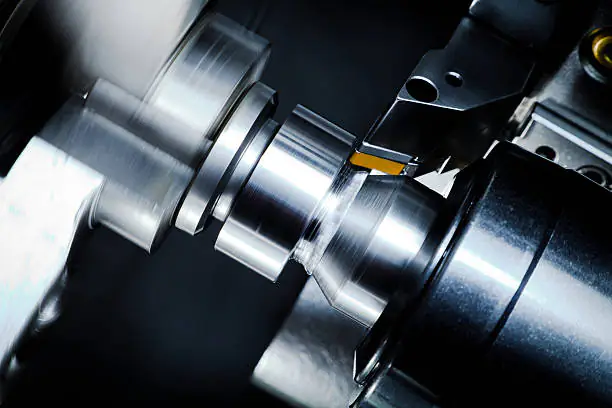How to Learn CNC Programming Online
Learning CNC programming online has become increasingly accessible and effective with modern digital resources. This comprehensive guide will walk you through the steps to master CNC programming from the comfort of your home, helping you develop the skills needed to operate sophisticated equipment like modern CNC machines.
Understanding CNC Programming Basics
Before diving into specific courses, it’s essential to understand what CNC programming entails:
- G-code fundamentals
- M-code operations
- Coordinate systems
- Tool compensation
- Feed rates and speeds

Learning to program advanced equipment like the 2.2KW ER16 Air-Cooled Spindle requires proper training
Online Learning Platforms
Several platforms offer comprehensive CNC programming courses:
- Online Learning Websites
- Udemy
- Coursera
- LinkedIn Learning
- Skillshare
- Manufacturer Resources
- Fanuc Academy
- Haas Tip of the Day
- Siemens Learning Hub
- YouTube Channels
- CNC Training Academy
- NYC CNC
- Titans of CNC
Essential Software Tools
To practice CNC programming, you’ll need:
- CAD Software:
- Fusion 360
- SolidWorks
- OnShape (browser-based)
- CAM Software:
- MasterCAM
- HSMWorks
- Fusion 360 CAM

Programming for the 3.5KW ER25 Air-Cooled Spindle requires understanding of advanced parameters
Structured Learning Path
Beginner Level
- Basic mathematics
- Blueprint reading
- Measurement systems
- Basic G-code commands
Intermediate Level
- Tool compensation
- Canned cycles
- Subroutines
- Parameter settings
Advanced Level
- Macro programming
- Custom cycles
- Multi-axis operations
- Advanced optimization
Free Learning Resources
Take advantage of these free resources:
“The best way to learn CNC programming is through consistent practice with simulators before moving to real machines.”
- CNC Simulators:
- NCViewer
- CNCSimulator Pro
- Vericut Demo
- Online Communities:
- CNC Zone
- Practical Machinist
- Reddit r/CNC

Understanding programming for machines like the 3.5KW ER20 Air-Cooled Spindles opens new career opportunities
Practice Exercises
Start with these exercises:
| Level | Exercise Type | Focus Area |
|---|---|---|
| Basic | 2D Contours | Linear movement |
| Intermediate | Pocket Operations | Circular interpolation |
| Advanced | 3D Surfaces | Complex toolpaths |
Virtual Machine Control
Learn different control systems:
- Fanuc
- Haas
- Siemens
- Mazak
Common Programming Mistakes to Avoid
- Incorrect tool offsets
- Wrong work coordinates
- Unsafe rapid movements
- Missing safety blocks
Documentation and Reference Materials
Keep these resources handy:
- Programming manuals
- Machine parameters
- Tool catalogs
- Safety guidelines
Building a Portfolio
Document your progress:
- Screenshot simulations
- Record videos
- Save programs
- Document processes
Online Certification Options
Consider these certifications:
- NIMS CNC credentials
- Autodesk Certifications
- Equipment-specific certificates
- Industry association programs
Networking and Community
Join online communities:
- LinkedIn groups
- Facebook machinist groups
- Discord servers
- Industry forums
Practical Application Projects
Start with simple projects:
- 2D sign making
- Simple parts
- Threading operations
- Contour cutting
Advanced Topics
Progress to advanced concepts:
- 4-axis programming
- 5-axis operations
- Macro programming
- Custom cycles
Job Preparation
Prepare for employment:
- Build portfolio
- Document projects
- Practice interviews
- Network online
FAQs
1. How long does it take to learn CNC programming online?
With dedicated study and practice, basic CNC programming can be learned in 3-6 months. However, becoming proficient typically takes 1-2 years of consistent learning and practice.
2. Do I need expensive software to learn CNC programming?
No, you can start with free simulators and CAD/CAM software. Many manufacturers offer educational licenses or free trials for learning purposes.
3. Can I learn CNC programming completely online without hands-on experience?
While theory and programming can be learned online, hands-on experience is eventually necessary. However, simulators can provide excellent initial training.
4. What are the essential programming languages for CNC?
G-code is the fundamental language for CNC programming. Some machines also use conversational programming or proprietary languages, but G-code remains the industry standard.
5. How can I practice CNC programming without a machine?
Use CNC simulators, CAM software, and virtual machine controls to practice programming. Many free options are available online.
Conclusion
Learning CNC programming online is a viable path to entering or advancing in the manufacturing industry. By following a structured approach, utilizing available resources, and practicing consistently, you can develop professional-level CNC programming skills from home.
Remember to:
- Start with basics and progress systematically
- Use simulators extensively
- Join online communities
- Document your learning journey
- Practice regularly
For specific questions about CNC equipment and programming requirements, don’t hesitate to contact us. We can help you understand the programming needs for various spindle types and applications.

